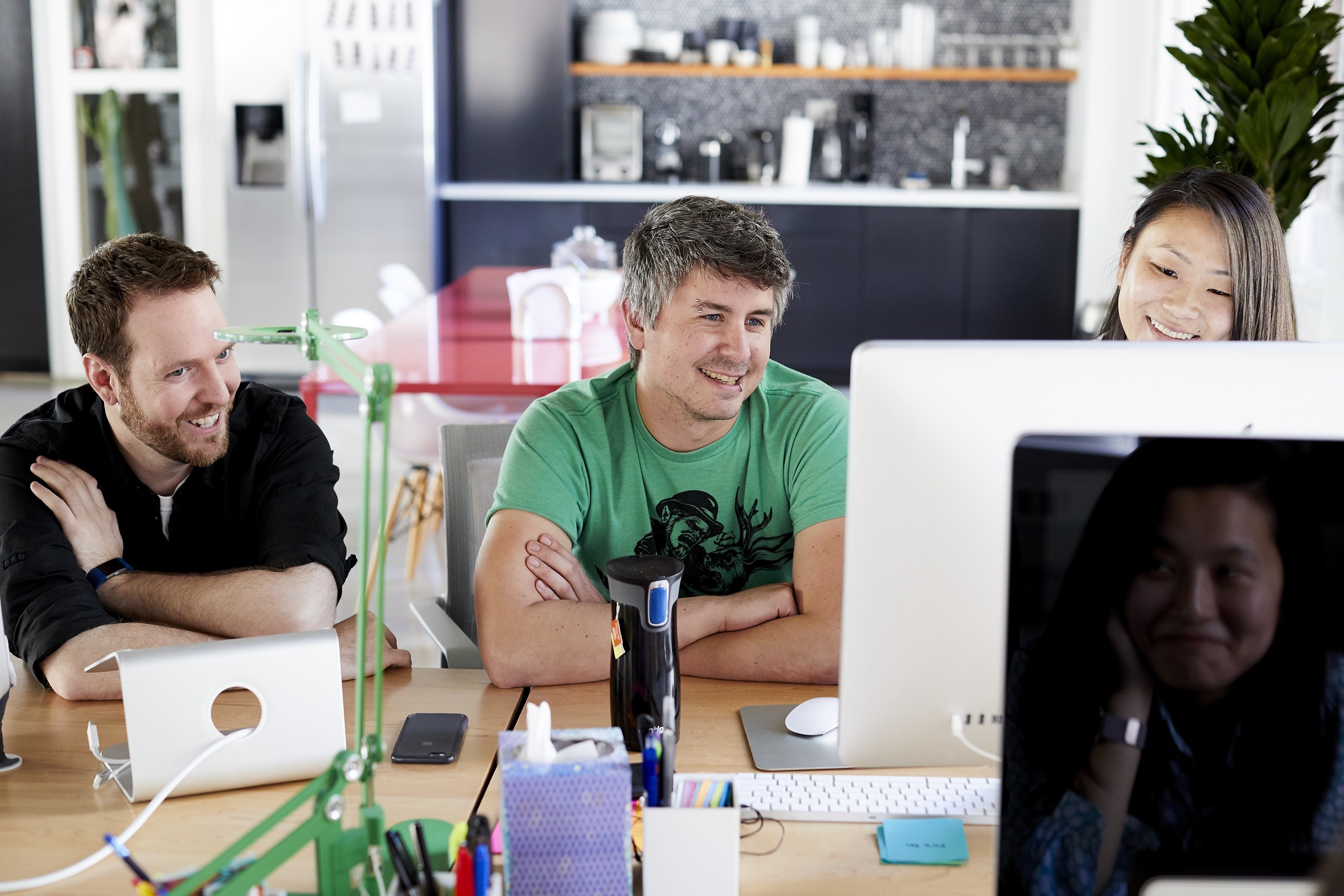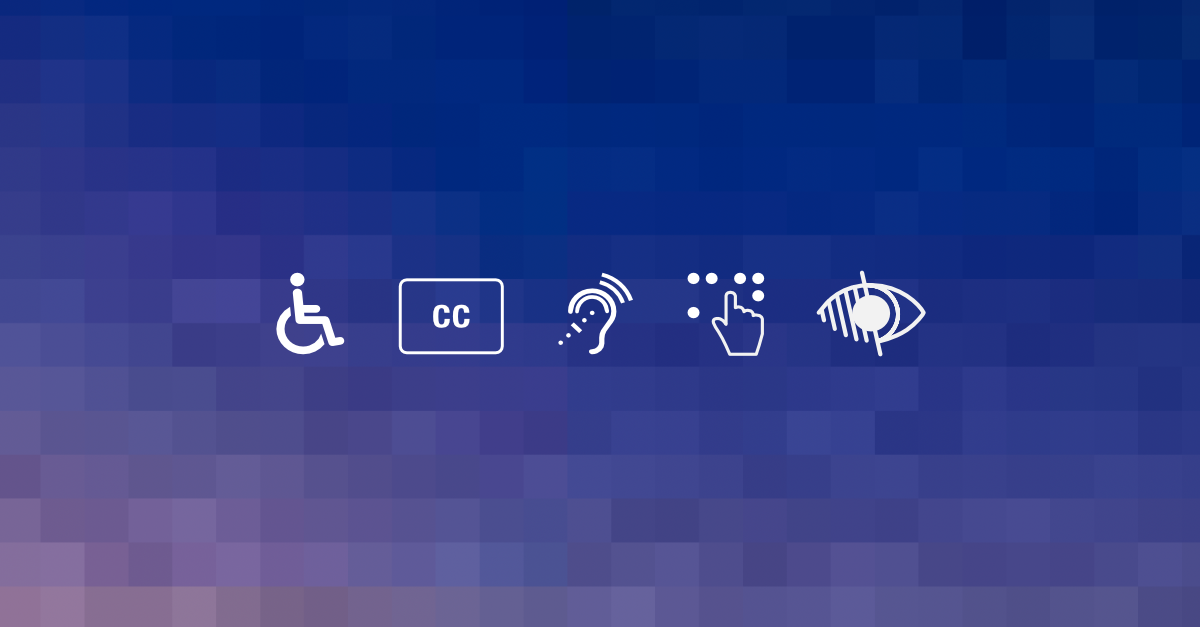
By
McKayl Barrows
The key to a strong accessibility practice is considering digital access and inclusion at every step of the project development process — from strategy to development.
One way Blink prioritizes accessibility is with the help of our Accessibility Director, Joe Welinske. Joe champions our accessibility efforts by helping team members understand how to apply accessibility best practices to their work, and making sure the products we create are accessible for everyone, inclusive of all abilities.
We asked some of the researchers, designers, and strategists at Blink how accessibility considerations impact their roles. Here’s what they had to say:
Accessibility and project management
At the foundation of every successful accessibility practice is a project timeline that gives practitioners the time they need to ensure all products meet their accessibility guidelines.
"When scoping a project that involves an accessibility component, it's important to ensure there's enough time for every phase of the project — from planning to execution to delivery. Teams should also make accessibility considerations for not just user platforms, but also final deliverables." —Alexi Glines, Project manager
Clear communication between the client and project teams — along with a pre-determined timeline and budget — is necessary to keep teams on track and accessibility top of mind.
“Accessibility considerations need to be integrated into the project from the beginning. From a project manager perspective, I’ve found it useful to plan regular touch points between our accessibility leadership and design, research, and tech teams when creating the initial schedule.” —Shannon Chin, Project Manager

Accessibility and user research
When designing or reimagining a product or service, accessibility practices start in the research phase.
“As a practitioner, you can approach your work with inclusivity in mind at every level of your career. It’s important to be flexible and willing to work with what you have to advocate for accessibility throughout the design process.” —Ally Lucas, UX Researcher
Finding the right people to participate in research studies helps teams learn what affordances to include in the final deliverable. By applying accessibility best practices from the beginning, you can ensure that the products and services you create meet customers' needs.
Accessibility and evidence-driven design
Good UX is intuitive, beautiful, and useful. The same principles apply when designing products and services for all abilities. Things like text clarity and alt text are important aspects to consider, and when teams use evidence-based research to inform designs, they're guaranteed to create something that’s useful and delightful for their customers.
“There are opportunities to blend accessibility into the design of a product along its entire life cycle, but planning and budgeting the additional time and effort for it upfront is essential. While items like color contrast and alt text are important to accessibility and can be fixed relatively easily, there are fundamental elements of a design that can be made more accessible if you are thinking about it from the start.” —Tristin Plank, UX Designer



